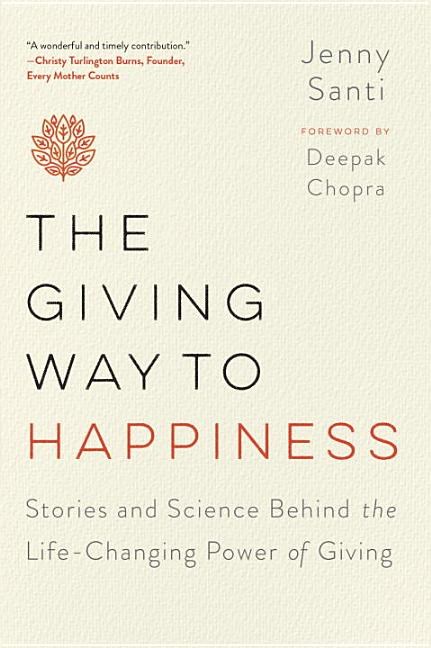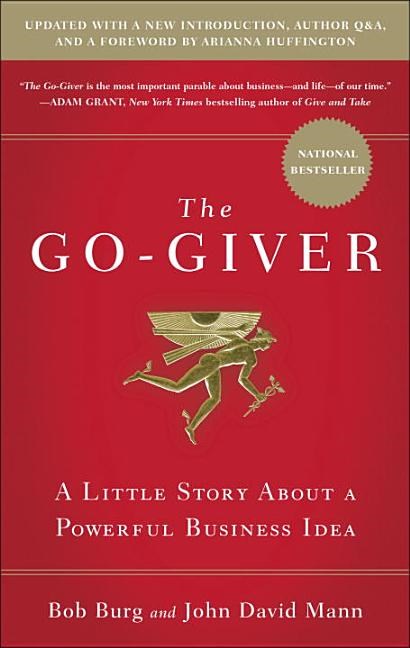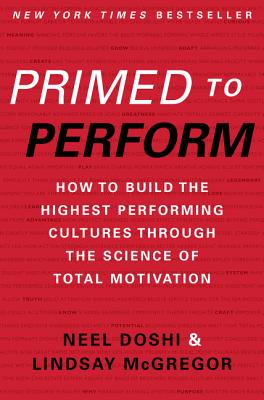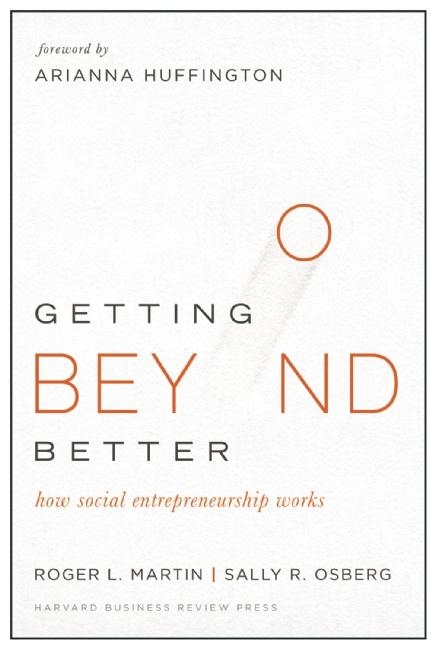The Giving Way to Happiness: Stories and Science Behind the Life-Changing Power of Giving
November 25, 2015
Jennifer Santi has a book on the power of giving and finding happiness in it that is perfect for the season.
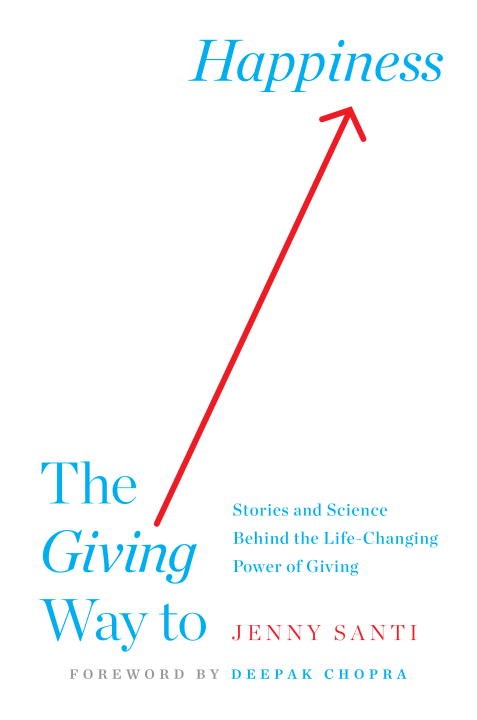
The Giving Way to Happiness: Stories and Science Behind the Life-Changing Power of Giving by Jenny Santi, Tarcher, 352 pages, $25.95, Hardcover, October 2015, ISBN 9780399175497
I’ve been looking for a good reason to put Jenny Santi’s book, The Giving Way to Happiness, at the top of my list (and hopefully yours) since it was released at the end of October. It being the day before Thanksgiving, I think I’ve finally found that reason.
This is, of course, a season to give thanks, and to simply give. It is a time of year we hear over and over again that “it is better to give than receive,” when generosity is in the spirit of the season, even if it’s marred by a Black Friday and rampant commercialism. But it doesn’t have to be a seasonal phenomenon, as many people have discovered to their endless, year-round pleasure and continued happiness.
Every day I see people trying to fill their time with something meaningful—what TV show to watch, what restaurant to indulge in, which mall to spend the whole day in. I see young people trying to find some pastime to entertain them, and old people worried about what to do during their retirement. And yet countless people have, since the dawn of history, alluded to a completely different pathway to happiness, fulfillment, and meaning in life. There is something else out there. We hear throughout history, philosophy, and literature the same themes regarding giving, which you’ll read about in the stories and science that fill the pages of this book:
Giving is the most satisfying thing you’ll ever do.
This is contrary to some of our perspectives on giving. Giving is supposed to be painful and selfless. To derive pleasure from it seems, perhaps, selfish. But the simple truth is that giving to others makes us happier, heal more quickly and fully from tragedy, gives us greater meaning in our lives, and connects us more deeply to others. To embrace that reality makes it easier to bring about such realities—for ourselves and others.
Giving to others does, in fact, make us happier than getting something or buying something for our selves. And it’s not just the amazing stories Santi shares from people that demonstrate this truth. Emerging science backs it up, as well. The survival of the fittest is an old notion, and it’s a common conception of human nature that it is, at its base, selfish and greedy. But that is, in fact, a misconception. Kindness, scientists now believe, is more hardwired into us and responsible for our continued survival more than any other trait. And, it turns out that we are evolving “to become more compassionate and collaborative in our quest to survive and thrive” in a universe that we are increasingly aware we are just a tiny part of, and that is not ultimately friendly to our continued survival:
“Because of our very valuable offspring, the fundamental task for human survival and gene replication is to take care of others,” says Dacher Keltner, codirector of UC Berkley’s Greater Good Science Center. “Human beings have survived as a species because we have evolved the capacities to care for those in need and to cooperate.” Does this oppose Charles Darwin’s “survival of the fittest” competition model, in which every man has to look after himself? Not so, it seems. In The Descent of Man, Darwin talks about benevolence ninety-nine times, concluding that love, sympathy, and cooperation also exist in the natural world, like the way a pelican might provide fish for a blind pelican in their flock. “As Darwin long ago surmised, sympathy is our strongest instinct,” says Keltner.
It is an instinct that can work wonders in business. Salespeople and marketers must sympathize with others needs in order to know how to position products, and the products themselves must, of course, be designed to meet real needs or desires. To do this well is to do your job well. Books like The Go-Giver and Give and Take, among others, have been making great headway in instilling this ethos into business. Many leadership books over the years have added their own call to make leadership an act of service to others, not demand it be a position of others serving you. In all these cases, it is clearly demonstrated that such generosity of spirit is not just to serve, but the surest way to prosper.
As we look for ways to turn “From Career to Calling” (as the title of one of Santi's chapter suggests), more and more young people are looking for work in the social sector over the corporate, but “Even for-profit corporations know they can attract talent by calling attention to their socially oriented activities.” This shift of emphasis toward purpose over pay is a trend we’ve recently documented in reviews of books like Why We Work, Primed to Perform, and Getting Beyond Better, and Santi’s chapter on these motivations adds a lot to the conversation with regards to the social sector specifically.
As we all take (hopefully) at least some time off work around the holidays, Santi’s Giving Way to Happiness reminds us to find ways to give outside of work, as well, as a way, indeed, to find happiness outside of work. And it may be the best way to spend our time off. Volunteering, and truly helping people, actually reduces our stress levels more than just sitting and basking in the sun on a vacation. It’s, again, a trait literally wired into our chemistry:
When we help someone, our body triggers the release of healthy chemicals. Good deeds release “do-good” chemicals that do good things to our bodies. Helping can reduce our stress levels. Your heart may beat with a healthier rhythm. You might also get a boost to your immune system. In fact, some studies suggest that helping people on a regular basis may help us live longer.
And it’s not just helpful to overcome the constant stresses in life, but after major tragedies and traumas—both personal and communal, perhaps the death of a loved one or terrorist attack. The chapter on this phenomenon is overflowing with beautiful stories of loss and renewal, senseless tragedy and profound meaning, but it all boils down to this:
Altruism and philanthropic behaviors have been found to help people create a more positive social script of traumatic events. Altruism can help people react proactively to a tragedy, thus promoting the growth of both the individual and of society as a whole. Distress and growth can coexist.
Many of those Santi talks to are superrich, of course, and among the greatest philanthropists in the world. But one great lesson Santi instills throughout the book is that you don’t have to wait until you’ve “made it” to give back. You don’t have to cure a disease or start a foundation. If you have no money to give, give some of your time. It may be more valuable, both to others and to your own fulfillment and happiness. Santi herself describes a Christmas Eve spent feeding the homeless in a soup kitchen as “one of the most meaningful [days she’s] ever had” and recalls her mother telling her that the children she spent her birthdays with in an orphanage “brought her more joy than any present could.”
So, find what fits you (if you don’t know what that is, let Jenny Santi be your guide), and then go do it. You may just find that the best gift you give yourself this holiday season may be in what you give to others.


